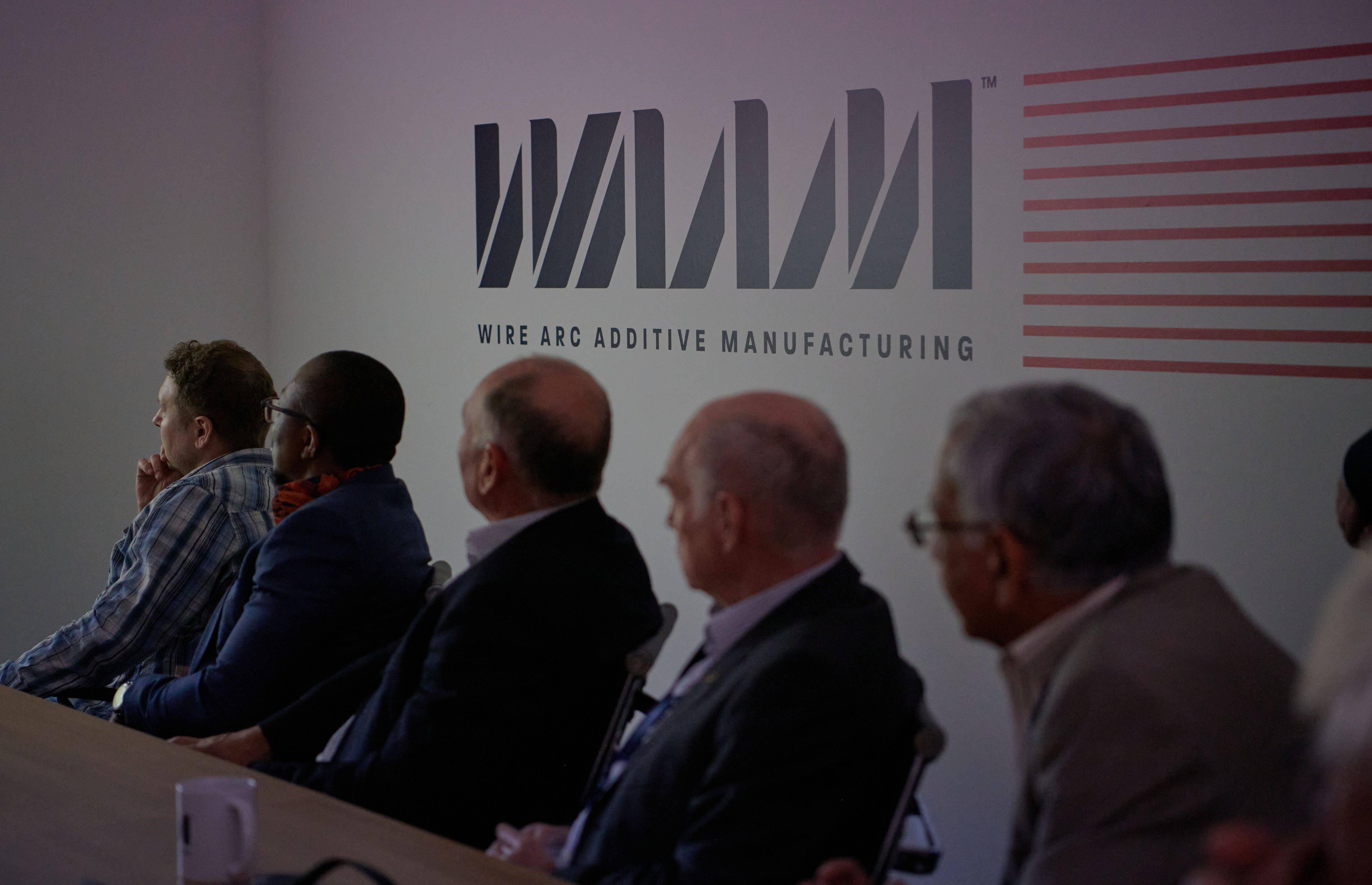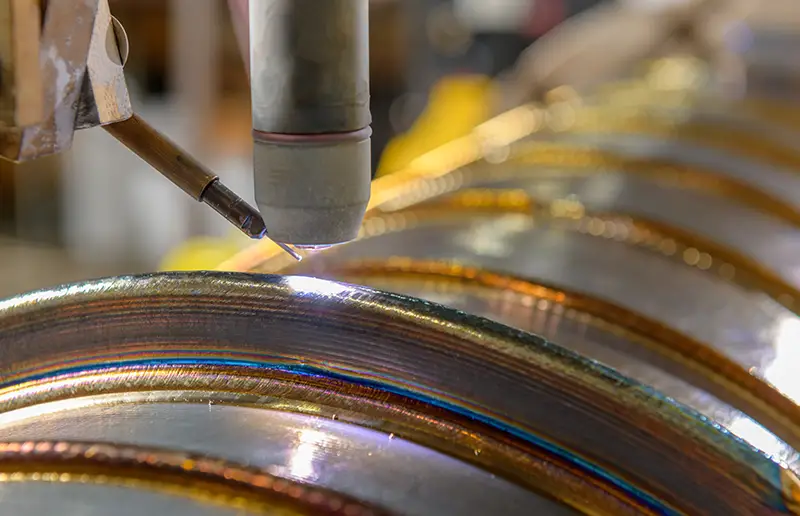WAAM3D - A Sustainable Solution

As governmental mindsets around fossil fuel emissions continue to shift, the interest in metal additive manufacturing (AM) continues on an upwards curve. As raw material production is by far the major contributor to a product’s environmental impact, processes such as Wire Arc Additive Manufacturing (WAAM) can offer manufacturers significant carbon emission and carbon footprint reductions. That is because wire production and wire deposition are relatively small contributors compared to traditional billet.
When looking to create or repair large-scale metal components WAAM delivers significant environmental benefits.In fact, WAAM’s sustainability benefits can be seen during a component’s initial creation and throughout its entire lifecycle:
Traditional forging and waste reduction using WAAM - Despite closed die forging making huge strides forward in terms of reducing material wastage, traditional forging still leads to high material wastage. WAAM minimises expensive material waste. For aerospace the buy-to-fly ratio[i] for aero engine components can be as high as 25[ii], and WAAM can reduce that ratio to <2.
Feedstock waste reduction - It is not unusual for around 70% of the feedstock material required for powder bed AM to be wasted. WAAM however can reduce waste feedstock considerably; often to less than 10% of the total used.
Pre-machining waste reduction - long lead times and design cycle pressures can result in manufacturers building a larger waste envelope into the final geometry of the mould or die.WAAM’s flexibility eradicates additional geometry waste.
Repair and reuse - WAAM has long been used to repair structures, extending their life, and delivering significant energy and CO2 emission savings in the process.
WAAM reduces environmental impact compared to traditional machining
WAAM3D, in conjunction with a maritime supplier and Cranfield University, assessed the environmental impact[iii] of aTi-6Al-4V part with a final mass of approximately 50 kg, as made using traditional machining from billet, and by WAAM[iv]. The demonstration part had a final mass of49.8kg and if machined traditionally, it would have had a Buy-To-Fly (BTF)ratio of 10. The preform made by WAAM had a BTF of 6.
The WAAM component demonstrated a 40% reduction in environmental impact compared to the demonstration part made using traditional, subtractive fabrication approaches.
As can be seen by this Life Cycle Assessment, as well as enabling cost savings, WAAM can be preferable to traditional approaches, when environmental impact is of importance to the operator.
WAAM can significantly reduce environmental impact by using less energy and raw material, and by producing fewer carbon dioxide emissions and waste material.It is no surprise therefore that this cost-effective AM approach for component fabrication[v] - that can deliver cost savings of up to 70% compared to machining from solid – is proving so popular.
If you have any questions on WAAM and sustainability or have a project that our Team can help with, get in touch.
[i] The buy-to-fly ratio is the ratio of the mass of the starting billet of material to the mass of the final, finished part.
[ii] Allen(2006)
[iii] Based on the ISO 14044:2006 life cycle assessment methodology guidelines and followed a “cradle-to-gate” approach
[iv] The part cannot be shown due to confidentiality agreements
[v] John Norrish et al 2021 J. Phys. D: Appl. Phys. 54 473001





